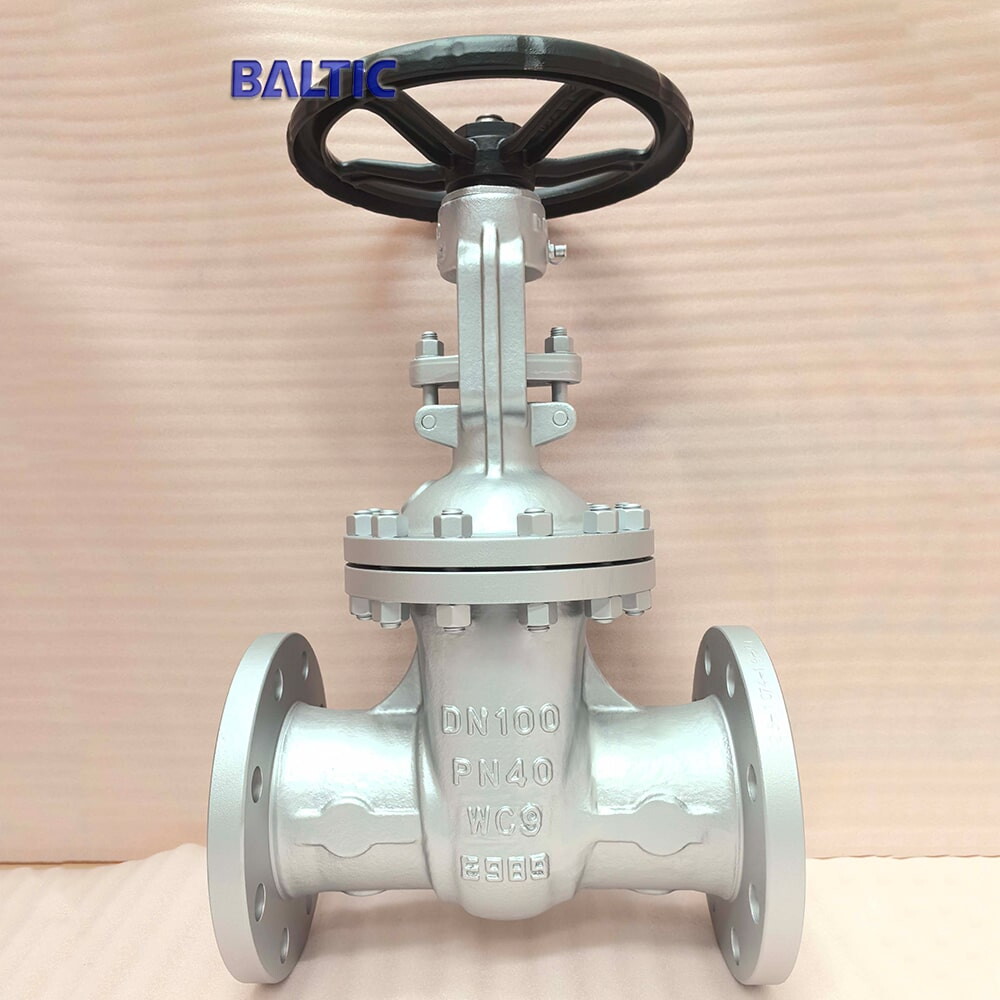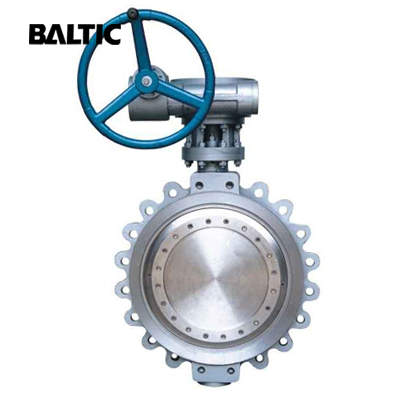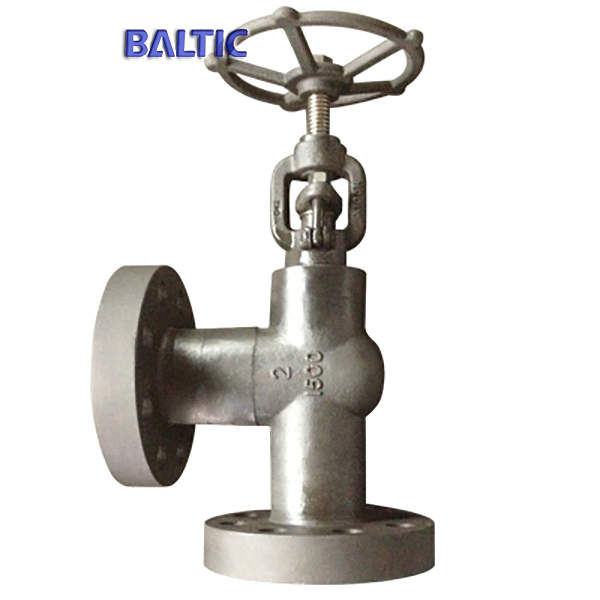The Structural Characteristics of Fully Welded Ball Valves
The Fully Welded Structure
Fixed Ball of the Pivot Design
Rotary Valve Seat Design
Emergency Grease Seal of Stem and Secondary Valve Seat
Automatic Internal Pressure Relief of the Valve Cavity and Pressure Relief of the Double Block Mid-cavity
The ball valve body is made by welding 6 parts of forged shells after assembling them. The structure of a ball valve is compact and makes the ball valve an integral whole. At present, the large-diameter ball valves produced in China mainly are in the three-piece structure and the various parts of valves are connected by bolts. Compared with the three-piece ball valves, the wall thickness of fully welded ball valve forgings can be thinner than that of the three-piece ball valves under the same strength condition, and the weight of valves can be reduced by a quarter, while the pipe bending and extrusion resistance is increased. Due to the removing of the valve body flanges and bolts, the valves have smaller sizes than before and the risks of the potential external leakage is also eliminated. In addition, the welding structure of the valve bodies makes the internal curves very smooth and keeps the lubrication of pipes, no dead angle and good flow of the media.
Fixed Ball of the Pivot Design
The balls of ball valves can be divided into two kinds: fixed balls and floating balls. Domestic products generally are in the floating ball structure, the ball being tightly pressed on the sealing surface of the outlet end under the pressure of the media to reach the purpose of seal. Once the inlet and outlet pressure difference of the valve body is large, it is often very difficult to open the valve because of the large torque. Fully welded ball valves adopt high strength forge steel for stems, rotating smoothly and being supported by the stainless steel bearings coated with PTFE.
Since the pivot-supported stems can absorb the thrust generated by the pressure of the pipeline media and can reduce the friction between the valve balls and the valve seats, the torque operating the concave door is still very small even under the full pressure difference condition and the ball valves still switch freely.
Since the pivot-supported stems can absorb the thrust generated by the pressure of the pipeline media and can reduce the friction between the valve balls and the valve seats, the torque operating the concave door is still very small even under the full pressure difference condition and the ball valves still switch freely.
Rotary Valve Seat Design
When the ball valves are close to be fully closed or just opened, the narrow position between the balls and the valve seats suffer high-speed erosion since natural gas is throttled into high-speed turbulence and the narrow position becomes the most seriously eroded area of the valve seal. Finally, it will cause leakage. Conventional ball valve seats are fixed and the damaged parts of the valve seats are also fixed after long-time operation. After certain time of operating the pipelines, some of the harmful sediment will accumulate on the seat rings, causing the conventional ball valve seats stuck or not to be properly sealed, while the rotary valve seats can remove the foreign bodies on the surfaces of the valve bodies when they are rotating.
Emergency Grease Seal of Stem and Secondary Valve Seat
The sealing material PFFE of the upper valve stem is a kind of anti-aging material with low friction and long service life. DN50 (and above) fully welded ball valve stems are also equipped with sealed grease injection systems. Once the foreign bodies between the ball valve seats damage the sealing surfaces, the special sealing grease can still be injected through the secondary valve seat. Conventional ball valves are not in the sealing grease injection structure. Thus, once the sealing surface damages occur and leakage happens, we can only replace the entire ball valves.
Automatic Internal Pressure Relief of the Valve Cavity and Pressure Relief of the Double Block Mid-cavity
Although ball valves have the up and down double valve seats partition seal, it is unavoidable that the valve seats may be damaged during the long-time operation. When the valves are in the close state, a certain internal leakage may occurs on the upper valve seats, causing the media leaked out to enter the ball mid-cavities. The specially designed down valve seats can effectively avoid the over pressure of ball mid-cavities. Once the pressure of the valve chambers exceeds that of the down valve seats about 138Kpa, it will push away the down valve seats from the balls to release the pressure to the down pipelines. The ball valves are installed with the pressure tubes which are connected to the mid-cavities and lead to the ground. Regardless of the valves are fully open or fully closed, we can open the valve cavities and shut off valves to release the mid-cavity pressure. The sealing performance of the valve seat can also be tested by releasing the mid-cavity pressure.



